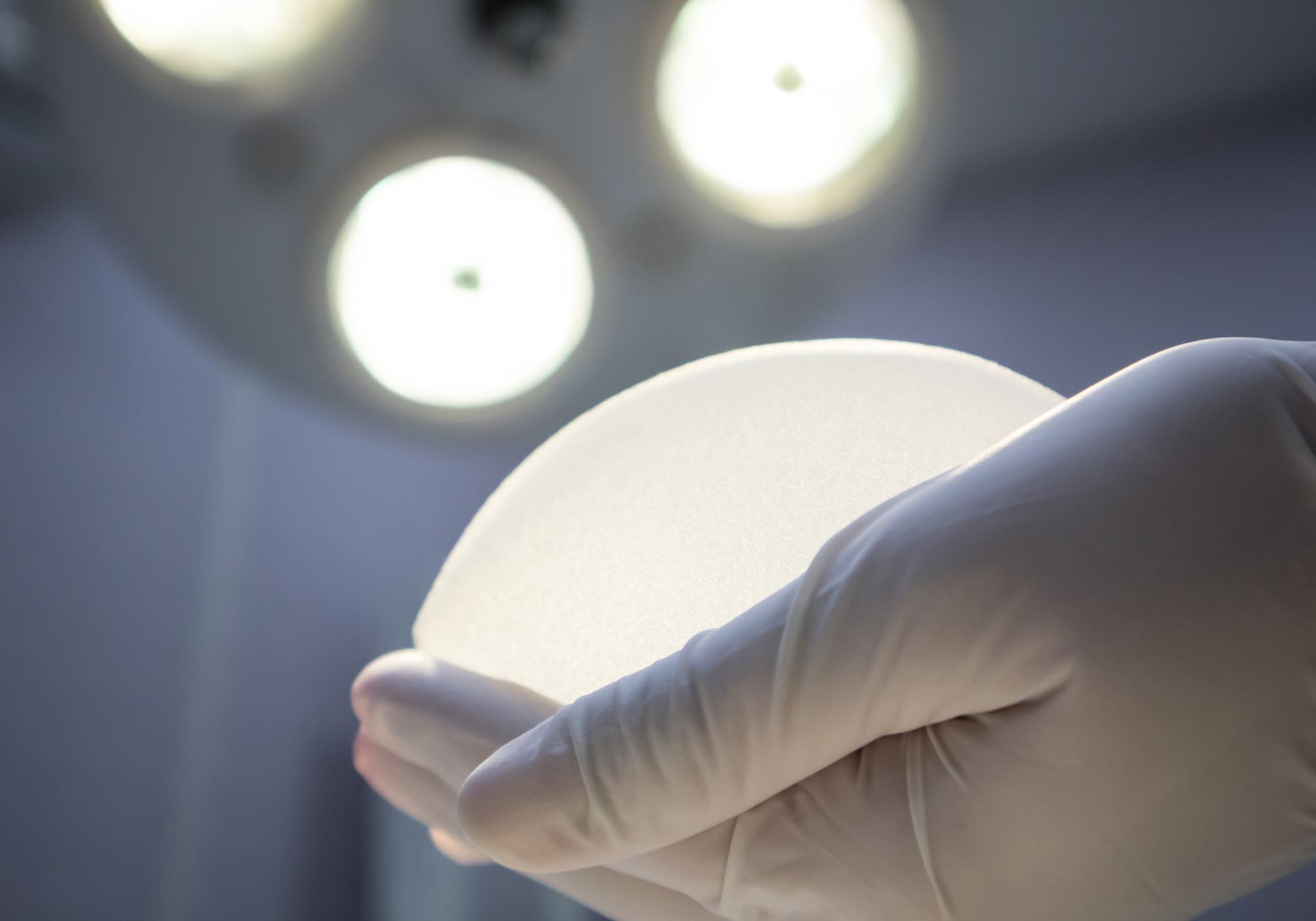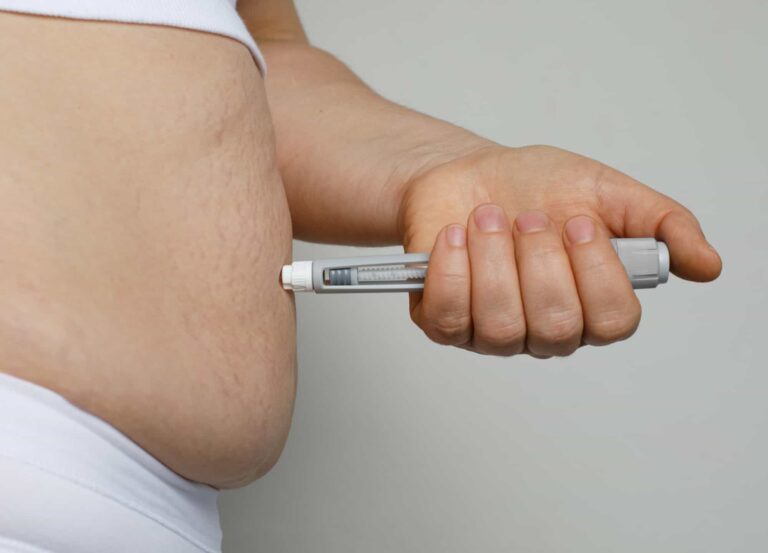3D-printed implants certainly sound like they belong in the same category as Doc Watson’s flying car, but the technology actually isn’t so bizarrely futuristic. Investigational studies of 3D-printed breast implants are underway in Europe, with German-based medical device company BellaSeno leading the charge. Stateside, there’s increasing buzz about the potential for this type of game changer in the breast augmentation world… but it’s not a reality quite yet.
“It’s worth watching and keeping an eye on this technology, but there are still many questions to be answered and it’s not something that will be on the horizon anytime soon,” says Dr. Rod Rohrich, a board-certified plastic surgeon in Dallas. But what exactly are 3D-printed implants, and what’s so exciting about them? Here’s what you need to know.
What are 3D-printed breast implants?
It’s a bit of a misnomer, as these are more models or molds than implants in the traditional sense. They’re made of bioabsorbable polymers that are shaped like a breast implant, but they don’t have anything inside. Rather, these polymers act like scaffolding, providing a 3D construct around which your own tissue, collagen, and fat then grow, explains Dr. Peter Lee, a board-certified plastic surgeon in Los Angeles. The polymers dissolve after a year, at which point a patient is left with fuller breasts, created as a result of the new tissue and fat growth.
While there are similarities between this and breast fat grafting, there are a few key differences. “With fat grafting, you’re putting fat in multiple planes of the breast in order to create a more even distribution of the fat, but you’re doing so blindly. The lattice work of the 3D implant offers a more precise road map for where the fat should fill in,” says Dr. Lee. How much fat you can put in during traditional fat grafting is also limited by the tautness of the skin; if the skin’s too tight, it cuts off circulation and the fat doesn’t survive. On the flip side, the 3D implant acts almost like a tissue expander. It’s placed on top of the muscles, where it can stretch the skin and where there are more blood vessels and better blood circulation to help the fat survive, Dr. Lee explains.
What are the potential advantages of 3D-printed implants?
For starters, a much more customized end result. “The benefit of this type of 3D printing is that we can more precisely and accurately determine the exact desired dimensions and volume of the augmented breast,” explains Dr. Lee. (This is in comparison to traditional saline and silicone implants, which come only in certain sizes and shapes.) Dr. Rohrich adds that it also offers a way to achieve breast augmentation or reconstruction without the need for a significant or long surgery.
You’re also using entirely autologous tissue rather than implanting a foreign body, points out Dr. Lee. (Though there are questions about the bioabsorbable polymers; more on those in a minute.) “While the risks associated with traditional implants and the current method of breast augmentation are very low, there are still things that do concern us, such as implant rupture, capsular contracture, and autoimmune disease. All of these are extremely rare, but when you’re talking about elective cosmetic surgery, the goal is to try and decrease the risk as much as possible,” says Dr. Lee. “The idea of these 3D-printed implants is to take something that’s already working and make it better and give patients another option.”
What are the potential risks of 3D-printed implants?
That being said, both doctors we spoke with were quick to note that there are still many unanswered questions and potential concerns about this new technology—which, it’s worth noting, is nowhere near being approved by the U.S. Food and Drug Administration (FDA). It sounds like a good idea on paper, and there is potential, but the reality is that there’s still a lot of research that needs to be done, cautions Dr. Rohrich. He cites existing questions about what the polymers are made of and how they break down in the body as well as what the newly grown tissue (and, ultimately, the breast) will look like. Dr. Lee agrees, adding that more and better data are needed in order to determine long-term effects of these types of “implants.”
What are other potential cosmetic uses for this type of 3D printing?
While it started with breasts, Dr. Lee says, he’s more intrigued by the possibility of using this technology as an alternative to the Brazilian butt lift. “The incidence of complications with BBL, relative to its popularity, is certainly higher than with other elective cosmetic procedures,” he says. “If this does, in fact, work on the breast, I see no reason why it wouldn’t work on the buttocks and potentially replace the BBL.” Similarly, it could also become an alternative to silicone implants used in the cheeks or chin, he says.
The bottom line
At the end of the day, traditional breast implants are safe and the satisfaction rates are high, says Dr. Lee. But if 3D-printed implants prove to be safe and consistent, this technology could be adopted not only for breast augmentation but also other areas of the face and body, he says. Dr. Rohrich is more skeptical: “We need to adopt a ‘wait and see’ attitude and be very cautious as we await the results of the European studies,” he says. In short, you’ll probably keep hearing more and more about 3D-printed breast implants, but don’t expect them to be a viable option anytime soon.











